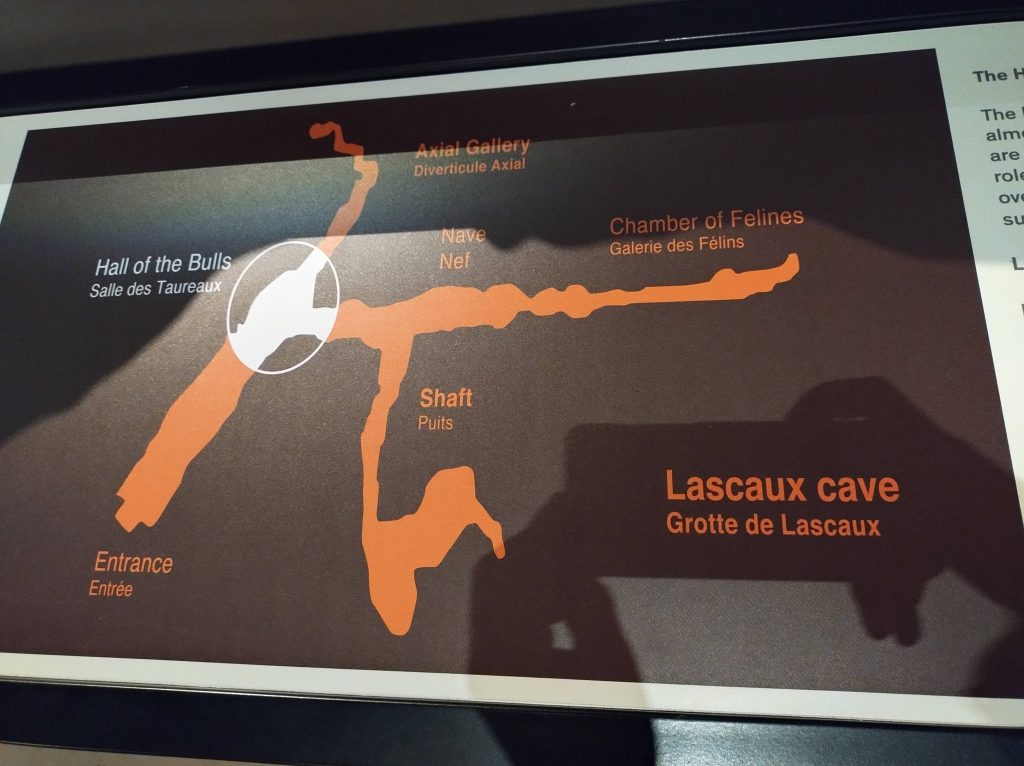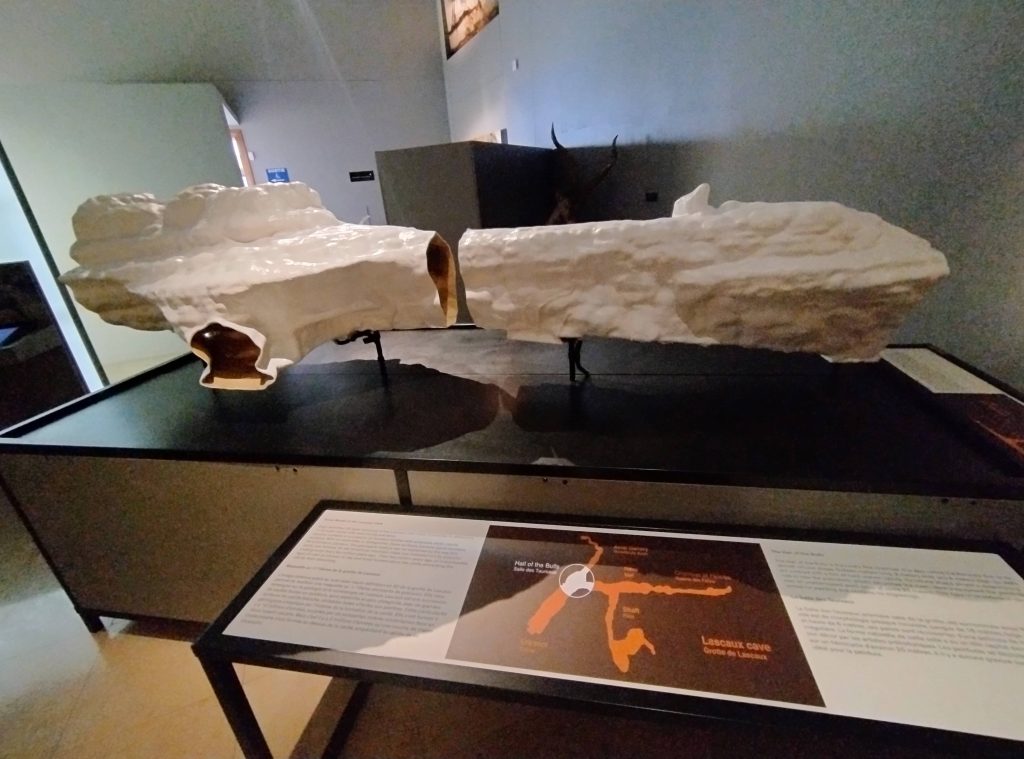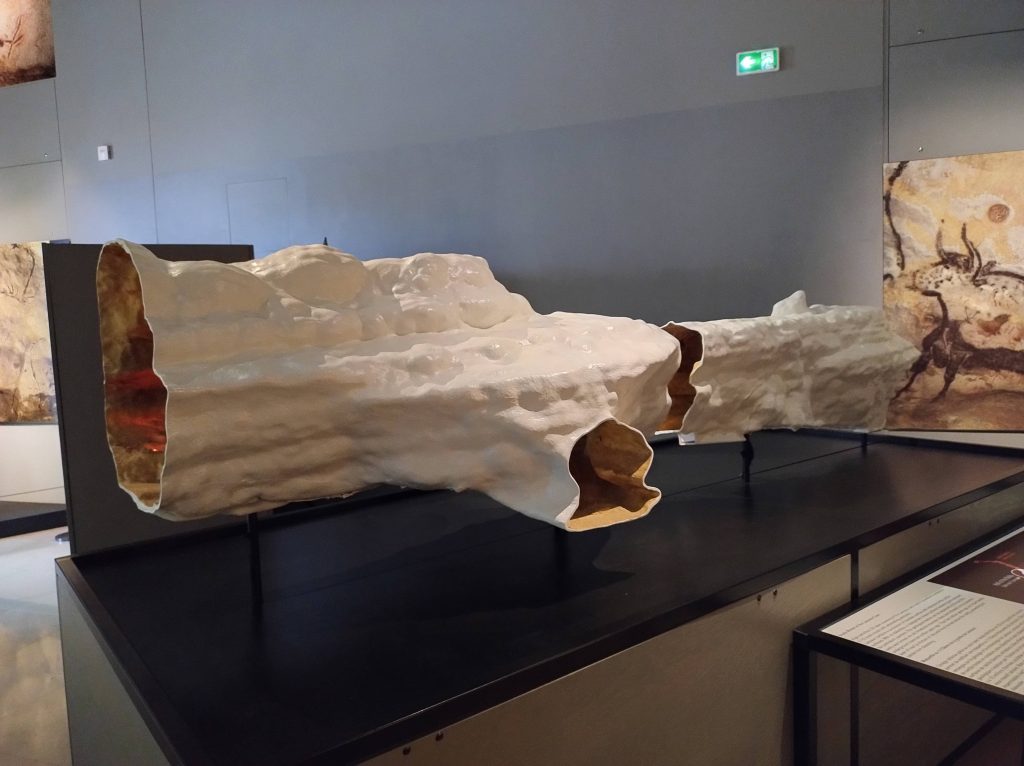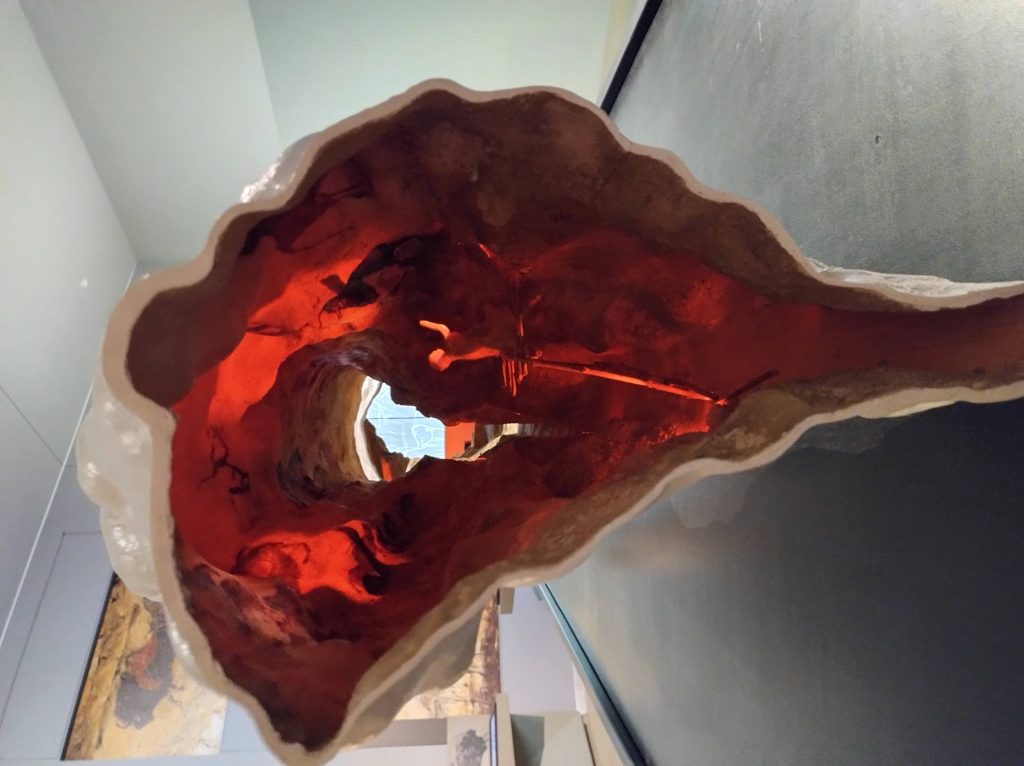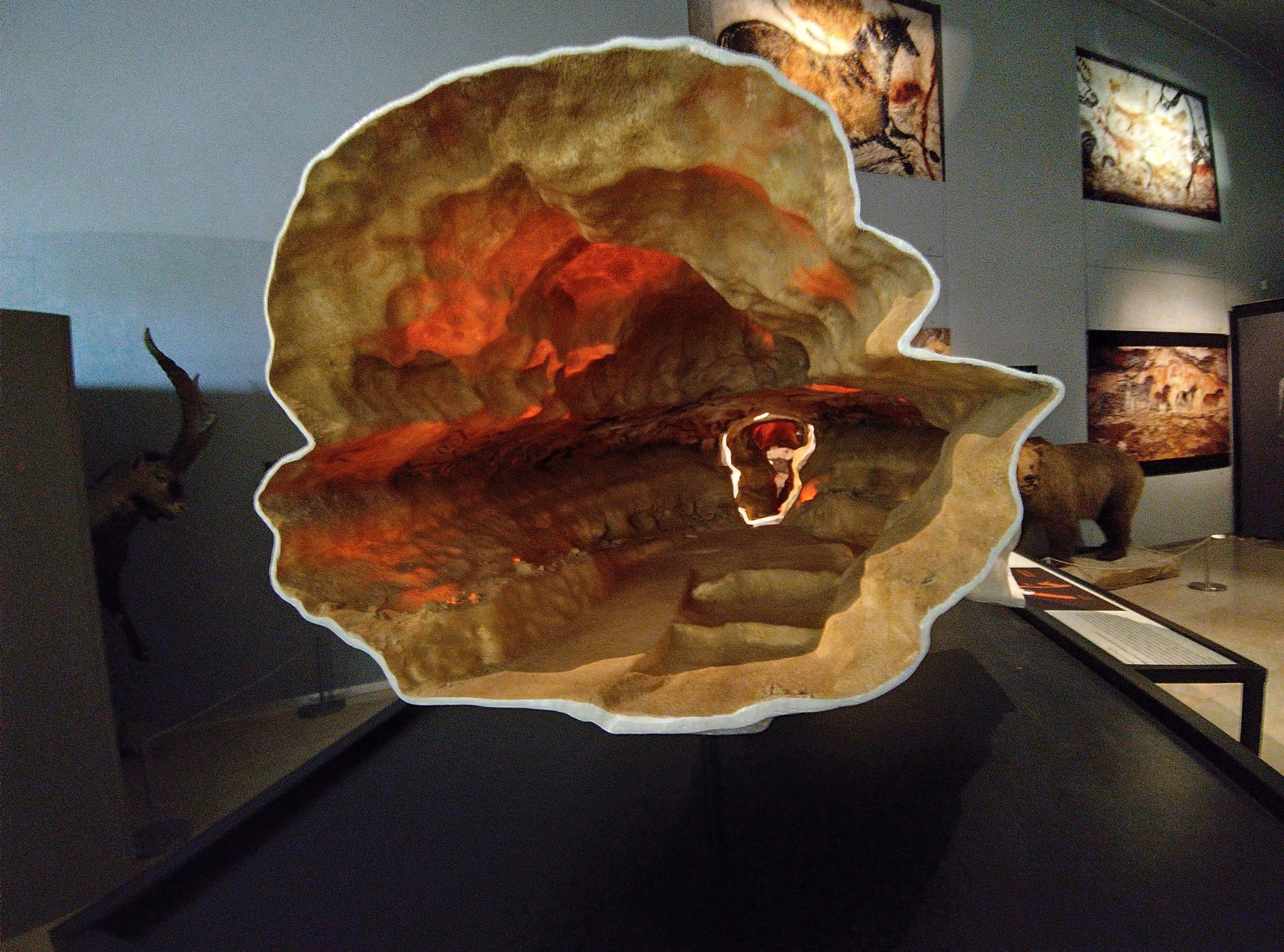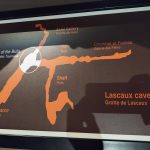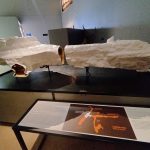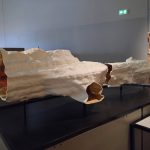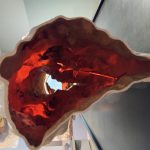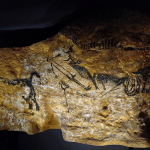How 3D Scanning Saved Lascaux Cave’s Prehistoric Art for Future Generations
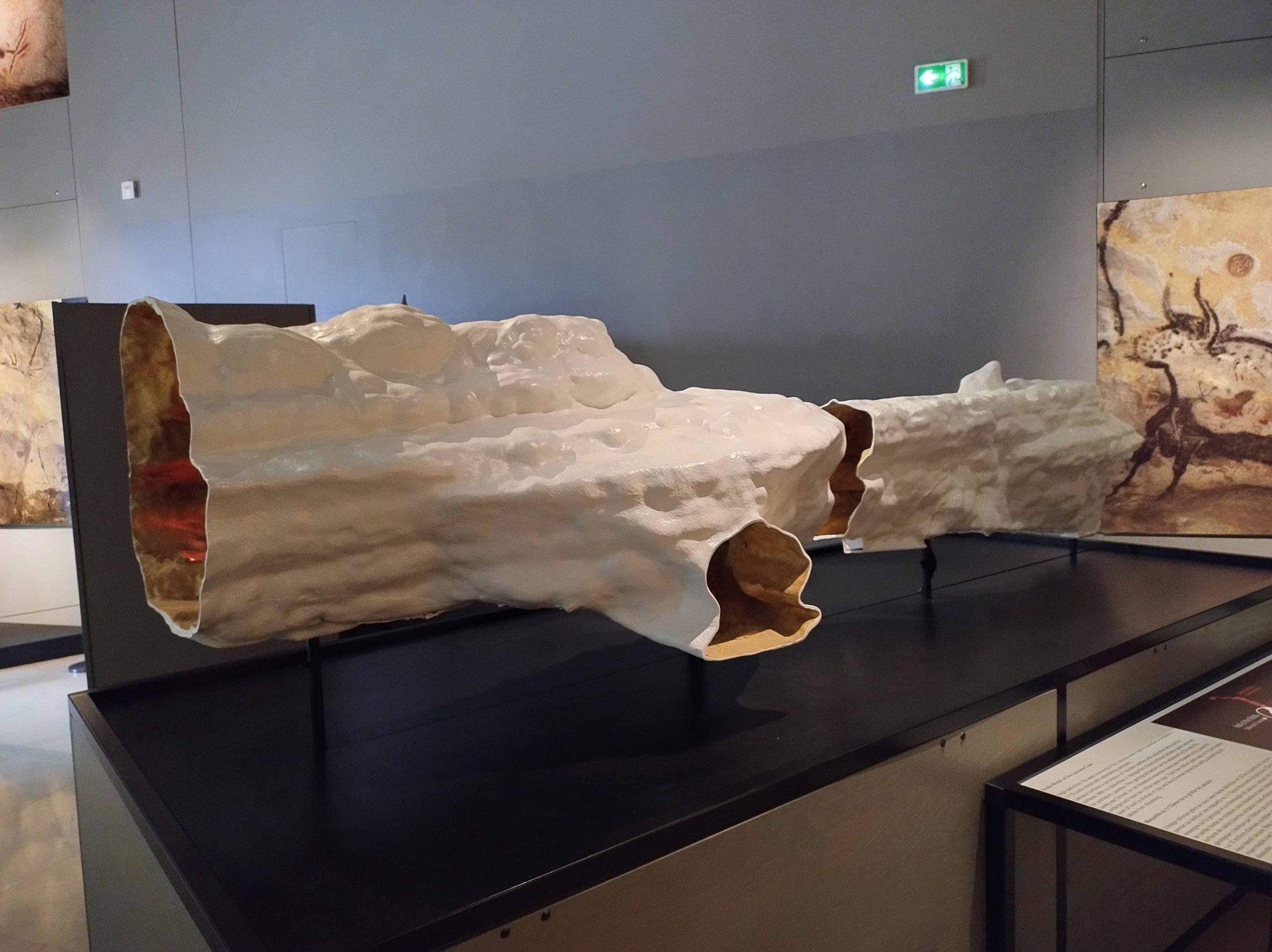
In the age of cutting-edge technology, our ability to explore and preserve history has reached remarkable new heights. One of the greatest examples of this is the preservation of the Lascaux Cave, often called the “Sistine Chapel of Prehistory.” With its breathtaking cave paintings dating back more than 17,000 years, Lascaux is a treasure trove of prehistoric art. Regrettably, the original cave has been off-limits to the public for years in order to protect its fragile murals from damage. However, thanks to advancements in 3D laser scanning and virtual reality (VR), the beauty of Lascaux can now be shared with the world, offering both a remarkable way to preserve cultural heritage and a deeply immersive experience of the ancient world.
The Role of 3D Scanning in Preserving Cultural Heritage
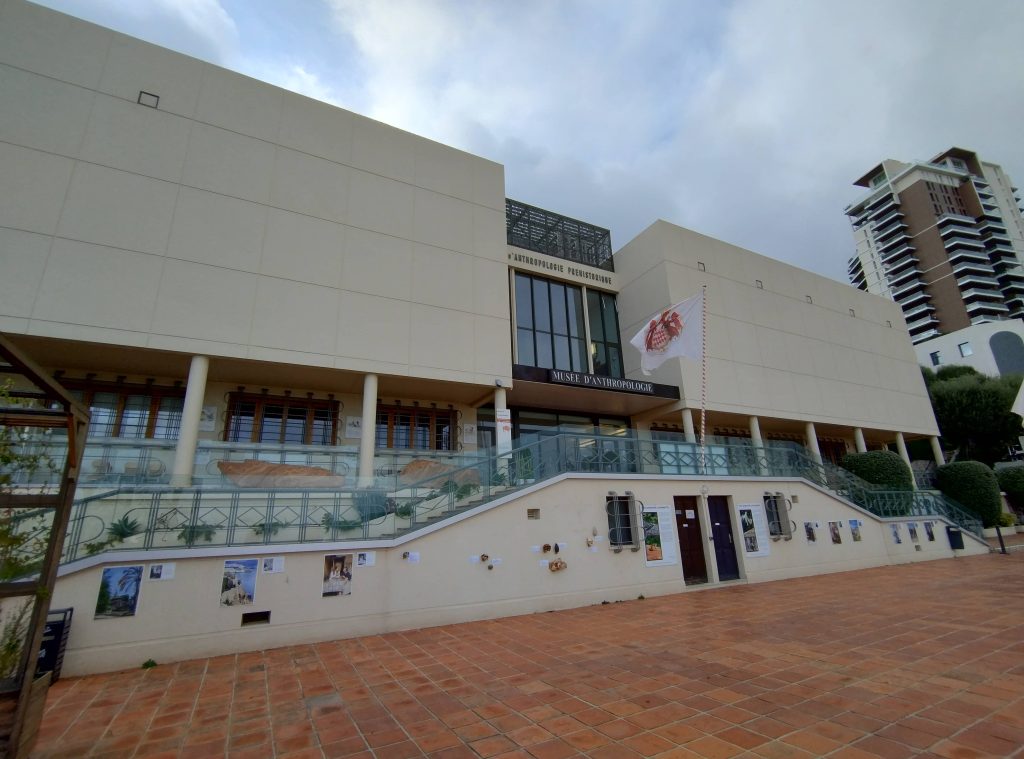
Laser 3D scanning has emerged as one of the most sophisticated methods of capturing detailed information about historical and cultural sites. When it comes to a masterpiece like the Lascaux Cave, which contains one of the most important collections of prehistoric art, the stakes are incredibly high. Traditional preservation methods often involve a trade-off between access and protection, but 3D scanning offers an innovative solution that allows for both.
Laser 3D scanning utilizes laser beams to gather exact measurements of physical environments and structures. For the Lascaux Cave, this technology was used to create an accurate digital replica down to the smallest detail, including the uneven surface of the cave walls and the intricate brushstrokes of prehistoric artists. This digital “cloud of points” forms the basis for a complete 3D model, which preserves the cave in its current state, protecting it from further degradation while allowing for its replication in various forms.
A Digital Replica of Lascaux: Preservation Through Precision
The Lascaux Cave’s fragile condition required a high level of precision, and 3D scanning provided a solution that other methods simply could not match. The point cloud generated from the scans was used to create a 1:1 digital replica of the cave, capturing every nuance of its structure and surface.
The ability to generate this type of high-resolution 3D model allowed the creation of a physical replica of the cave on a scale of 1:10. This miniature yet detailed reproduction is part of a broader effort to preserve the cave’s artistic and cultural heritage for future generations. More importantly, the digital model offers possibilities far beyond a physical reproduction—enabling the development of interactive VR experiences that bring Lascaux to life for people who might never have the opportunity to visit.
Model of Lascaux Cave
Exploring Lascaux Through Virtual Reality: A Journey into Prehistory
An especially exciting element of this project is the creation of an interactive VR tour of Lascaux. Through VR headsets and cutting-edge software, users can virtually step into the cave and explore its galleries, including areas that are too narrow or remote to access physically. Visitors can move through the deepest chambers, such as the Chamber of Felines, a passage so narrow it can only be reached on all fours. Now, anyone can experience the awe of standing inside this ancient cave, marveling at its stunning prehistoric paintings and engravings.
The VR experience goes beyond just seeing the cave. It provides users with the opportunity to engage directly with the artwork. Through VR technology, participants can learn about the techniques used by the cave’s original artists—brush painting, blowing pigments through stencils, or engraving with stone tools. They can see how these methods were employed to create the dynamic and detailed animal figures that make the Lascaux Cave so famous. This interactive component adds a level of engagement that brings the art to life in ways that a traditional museum exhibit could never achieve.
Making the Inaccessible Accessible: The Power of Virtual Tours
For most people, the opportunity to visit a site as fragile and historically significant as the Lascaux Cave is unlikely. The cave’s fragile ecosystem means that only a select few scientists are allowed access to its chambers. However, with 3D scanning and VR, this remarkable piece of human history is now accessible to everyone. By donning a VR headset, users can immerse themselves in the world of the ancient cave dwellers and explore one of the greatest archaeological finds of the 20th century.
In addition to personal VR experiences, the virtual model of Lascaux can be displayed in museums around the world, where visitors can navigate through the cave via interactive displays. This makes it possible for millions of people to appreciate the significance of the Lascaux Cave without the risks associated with physical tourism to the site.
Immersive 12-Minute VR Adventure: A Modern Journey into the Past
One of the crowning achievements of the Lascaux VR project is a 12-minute interactive adventure that offers a guided tour of the cave, complete with autonomous headsets that respond to voice commands and lighting cues. As users journey through the cave, an imaginary Sapiens from the distant past narrates their experience, drawing them deeper into the world of prehistoric humanity. This exploration of the ancient world goes beyond passive observation; it’s an immersive interaction with history that enriches our comprehension of prehistoric life.
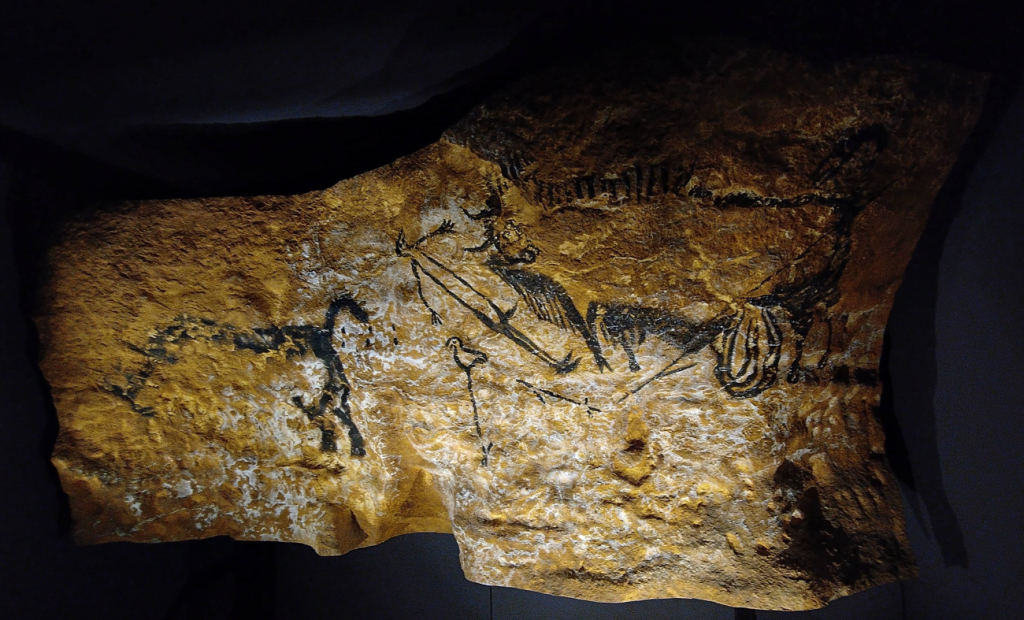
By interacting with Lascaux’s paintings and engravings in a way that feels natural and intuitive, modern-day explorers can appreciate the cultural importance of these artworks and gain a new perspective on the development of early human civilization.
Preserving History for Future Generations
One of the greatest legacies of 3D scanning and virtual reality technology is the ability to preserve cultural heritage sites for future generations. As the original Lascaux Cave continues to degrade due to environmental conditions, its 3D model ensures that future archaeologists, historians, and the general public will still be able to experience its majesty.
These technologies not only serve as digital archives of important cultural sites but also as tools for education, research, and public engagement. Schools, museums, and cultural institutions around the world can incorporate these VR experiences into their curriculums, allowing students to explore the ancient world in ways that were previously unimaginable. By making these historical sites accessible, we ensure that they are preserved for future generations, even if the original sites themselves may one day be lost to time.
How Laser 3D Scanning Transforms Historical Preservation
The process of 3D laser scanning has revolutionized how we approach historical preservation. By collecting millions of data points, these scans deliver a degree of precision and detail that conventional methods are unable to match. For the Lascaux Cave, this means that the structure, surface, and artworks of the cave are preserved down to the smallest detail, ensuring that this cultural masterpiece remains intact for study and enjoyment.
Additionally, the uses of 3D scanning go beyond the mere physical preservation of the site. By creating digital models, researchers can perform detailed analyses of the cave’s structure and art, gaining insights into the techniques and tools used by prehistoric people. This data can be distributed worldwide, fostering a greater understanding of humanity’s history.
The Future of Cultural Heritage Preservation: 3D Scanning and Beyond
The success of the Lascaux Cave preservation project is a testament to the power of modern technology in preserving our shared cultural heritage. 3D scanning and virtual reality have opened up new possibilities for exploration, education, and conservation that were previously out of reach. With the ongoing advancement of these technologies, we can anticipate even more groundbreaking methods for preserving and experiencing cultural sites globally.
In a world where so many historical sites are under threat from environmental changes, urbanization, and even war, these digital preservation methods offer a way to safeguard our cultural history. They ensure that the knowledge and beauty of the past are not lost, but rather passed on to future generations in ways that are as immersive as they are educational.
FAQs
How does 3D laser scanning help preserve historical sites?
3D laser scanning captures precise measurements of historical sites, creating detailed digital replicas that preserve the site’s current state for future generations.
What role does virtual reality play in historical preservation?
Virtual reality allows users to experience and interact with digital models of historical sites, making them accessible to people who cannot visit the physical location.
Can virtual reality recreate the experience of visiting the Lascaux Cave?
Yes, VR technology can recreate the Lascaux Cave in stunning detail, allowing users to explore the cave and its art in ways that closely mimic the real-life experience.
How accurate are 3D scans in preserving the details of historical artifacts?
3D scans are incredibly accurate, capturing even the smallest details of a site or object, including textures and minute structural features.
What are the advantages of using 3D scanning over traditional preservation methods?
3D scanning provides a non-intrusive method for preserving sites, capturing accurate data without the need for physical contact with the object. It also allows for digital archiving and global access.
Can 3D scanning and VR be used for other archaeological sites?
Yes, these technologies are already being applied to other cultural heritage sites around the world, from ancient ruins to historical buildings and monuments.

